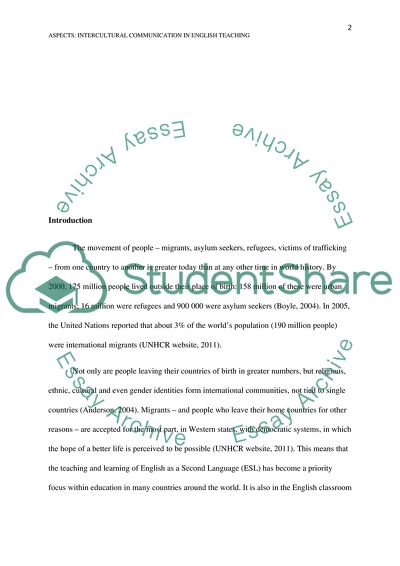Cite this document
(Aspects of Intercultural Communication in Teaching and Learning Assignment, n.d.)
Aspects of Intercultural Communication in Teaching and Learning Assignment. Retrieved from https://studentshare.org/education/1756756-aspects-of-intercultural-communication-in-teaching-and-learning-english-language
Aspects of Intercultural Communication in Teaching and Learning Assignment. Retrieved from https://studentshare.org/education/1756756-aspects-of-intercultural-communication-in-teaching-and-learning-english-language
(Aspects of Intercultural Communication in Teaching and Learning Assignment)
Aspects of Intercultural Communication in Teaching and Learning Assignment. https://studentshare.org/education/1756756-aspects-of-intercultural-communication-in-teaching-and-learning-english-language.
Aspects of Intercultural Communication in Teaching and Learning Assignment. https://studentshare.org/education/1756756-aspects-of-intercultural-communication-in-teaching-and-learning-english-language.
“Aspects of Intercultural Communication in Teaching and Learning Assignment”, n.d. https://studentshare.org/education/1756756-aspects-of-intercultural-communication-in-teaching-and-learning-english-language.


